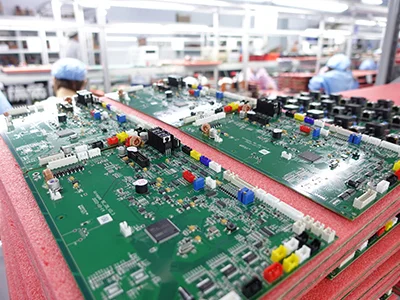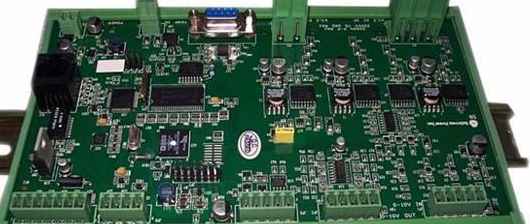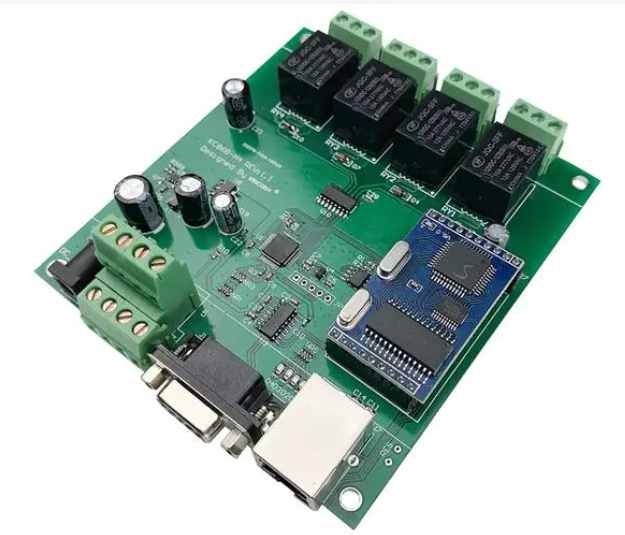
The PCBA process is to process a PCB empty board through a process and finally process it into an electronic product that can be used by users.
PCBA technology can be divided into two major categories, one is SMT technology and the other is DIP technology. In actual manufacturing, a more detailed classification can be made: single-side mixed assembly process, single-side DIP insert assembly process, single-side SMT mount process,double-side mixed assembly process, double-side SMT mount process and insert mixed process and so on.

Single-side mixed assembly process
single-side mixed assembly process where electronic components are mounted on only one side of the PCB, while the other side remains unpopulated or has components mounted using a different assembly process.
In mixed assembly processes, a combination of surface mount technology (SMT) and through-hole technology may be used. SMT components, which are mounted on the surface of the PCB, are smaller and enable a higher component density, while through-hole components have leads that pass through holes in the board and are soldered on the opposite side.
"Single-side" indicates that components are placed on only one side of the PCB, which simplifies the assembly process compared to double-sided assemblies.
Single-side DIP insert assembly process
Single-side DIP insert assembly where Dual In-line Package (DIP) components are mounted on only one side of the board. This approach simplifies assembly and is chosen for its cost-effectiveness when design constraints permit components on a single side.
Single-side SMT mount process
Single-side SMT mount process refers to a PCBA method in which only one side of the board is used for Surface Mount Technology (SMT) components. This approach simplifies the assembly by focusing on one side of the board, making it suitable for designs where components can be efficiently placed on a single surface.
Double-sided hybrid assembly
Double-sided hybrid assembly uses a hybrid of surface mount technology (SMT) and through-hole technology to mount electronic components on both sides of a PCB. This approach can increase component density and accommodate a variety of component types depending on design requirements.
Double-side SMT mount process
Double-side SMT mount process refers to a PCB assembly method where electronic components using SMT are mounted on both the top and bottom sides of the PCB. This approach placing SMT components on the surface of the board and then flipping it to mount additional SMT components on the opposite side. Double-side SMT mounting allows for increased component density and more complex circuit designs.
Insert mixed process
Insert mixed process combines leads inserted through the PCB, with SMT. This approach offers flexibility by incorporating different component mounting methods on the same PCB.
Summarize
This article explains in detail the different processes of PCB in actual production. These processes correspond to different PCB production requirements. I hope you can gain something after reading this article.









